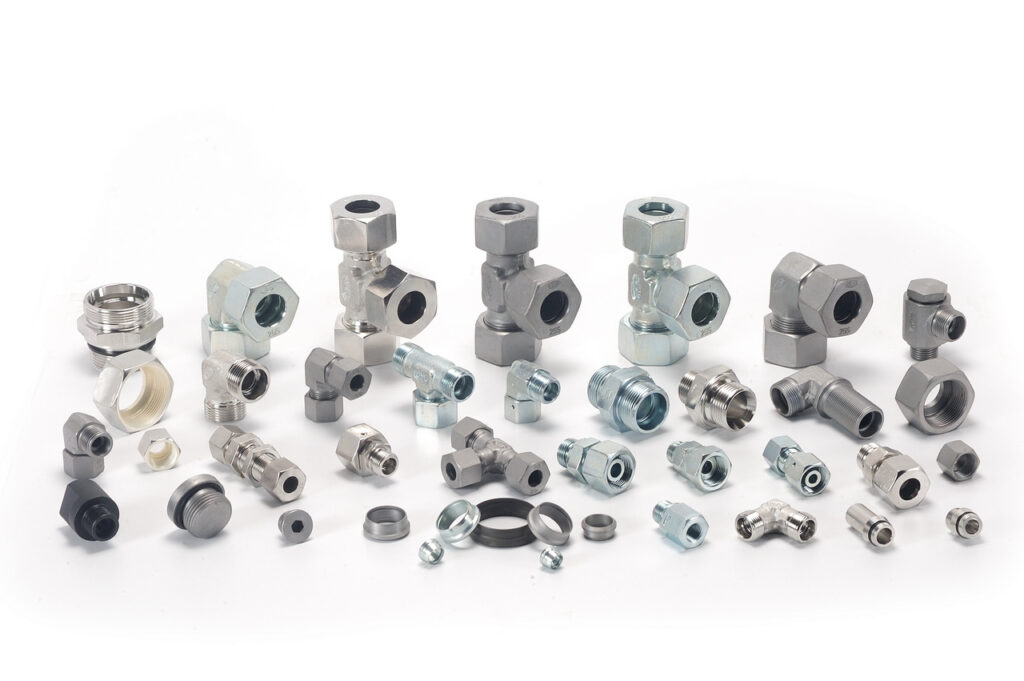
The company manufactures high-quality tube couplings, adaptors, pipe flanges, diagnostic couplings, and allied control valves under the brand name Hyloc for more than 50+ years.


Reliable industrial fluid power systems are basic requirement considering the safety, efficiency, and profitability. Most important points to include, suitable selection of tube, Hydraulic fittings and most important to have proper installation of Hydraulic tube fittings in the system.
We have found that most of the causes of leakages in any industrial fluid system are due to poor tubing selection, its preparation and improper installation. However blame comes to manufacturers. For these reasons, fluid system professionals must equip themselves with the basic skills required to properly install tube fittings.
By following the above steps as mentioned in this article, you’ll be ready to make reliable connections.
Are you interested in having hands on sessions at your work place? If yes, hyloc offers comprehensive tube fitting installation training for technicians of any level of experience and skill. Participants learn how to install hyloc tube fittings with reliability.
The benefits of proper tube fitting installation can help your facility become safer and more profitable.
“Take the first step and make it happen!” For any help and query email us to sales@hyloc.co.in
Call Now: +91 9686059806

The company manufactures high-quality tube couplings, adaptors, pipe flanges, diagnostic couplings, and allied control valves under the brand name Hyloc for more than 50+ years.
